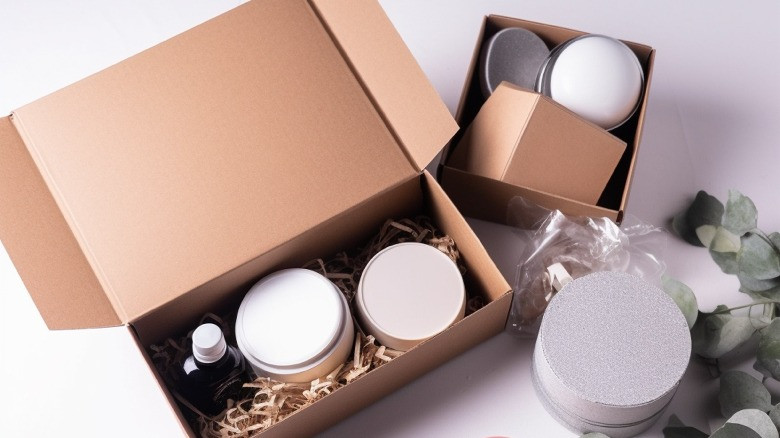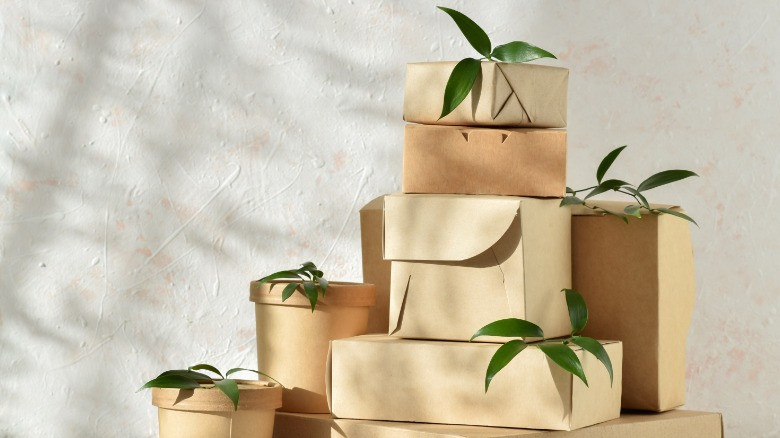The beauty and cosmetics sector are undergoing a significant shift towards sustainable packaging to address the growing concerns caused by packaging waste. The beauty and cosmetics industry serves people worldwide, offering products to enhance their best selves. However, this reality comes at a cost. Annually, 120 billion packaging units are produced to meet industry needs, with 95% ending up in landfills, and the majority not being recycled. These figures underscore the environmental consequences of an industry that, while seeking to enhance beauty globally, often does so in a way that harms the environment.
Simultaneously, the beauty and cosmetics industry is one of the largest and fastest-growing globally. By 2025, the global cosmetics market is expected to reach $800 billion. The shift in consumer perception is also crucial. Research by Trivium Packaging revealed that 74% of consumers believe companies should prioritize sustainability in their packaging design, and 63% are unwilling to buy products in environmentally harmful packaging (Trivium Packaging, 2023).
Sustainable packaging for beauty products is not just a passing trend but an urgent need, bringing to the forefront the significant discussion about the rapid impacts of climate change. As we delve into concepts like sustainability, environmental footprint, green consciousness, and ecological awareness, companies find it challenging to meet the demands of both the times and their consumers.
In this article, we will explore available options for companies to transition to sustainable packaging in the most painless and informed manner:
1.Packaging from Recyclable Materials:
Glass, paper, metal, and plastic are recyclable materials that can be processed and reused to meet the needs for sustainable packaging. Companies like Aveda and Lush have invested in packaging made from recycled plastic, reducing the need for virgin materials and, consequently, limiting environmental impact.
2.Refillable Packaging:
One of the most dynamically growing trends in recent years is refillable packaging, allowing companies to reduce their environmental footprint and create a zero-waste packaging model. The Body Shop has been a pioneer in this practice since 2019, with successful implementation in Greece starting in May 2023. Through this practice, the company claims to save 25 tons of plastic annually and provides additional incentives to consumers by offering 50ml of free product with each refill.
3.Packaging from Alternative Natural Materials:
Popular materials for packaging are being joined by new, natural materials that constitute sustainable packaging without compromising aesthetics, functionality, and ease of use. Materials like bamboo, sugarcane fibers, mushroom mycelium, and coconut can serve as the primary substance, replacing plastic for creating environmentally friendly packaging solutions. Chanel, for example, has utilized bamboo and sugarcane fibers for some of its packaging, garnering global attention and significant awards.
Sustainable packaging is the future of the beauty and cosmetics industry, paving the way for a greener tomorrow. With sustainable materials and innovative practices, packaging can be part of the solution to the global environmental issue, while companies now have all the necessary elements to respond to the changing needs of their consumers.





